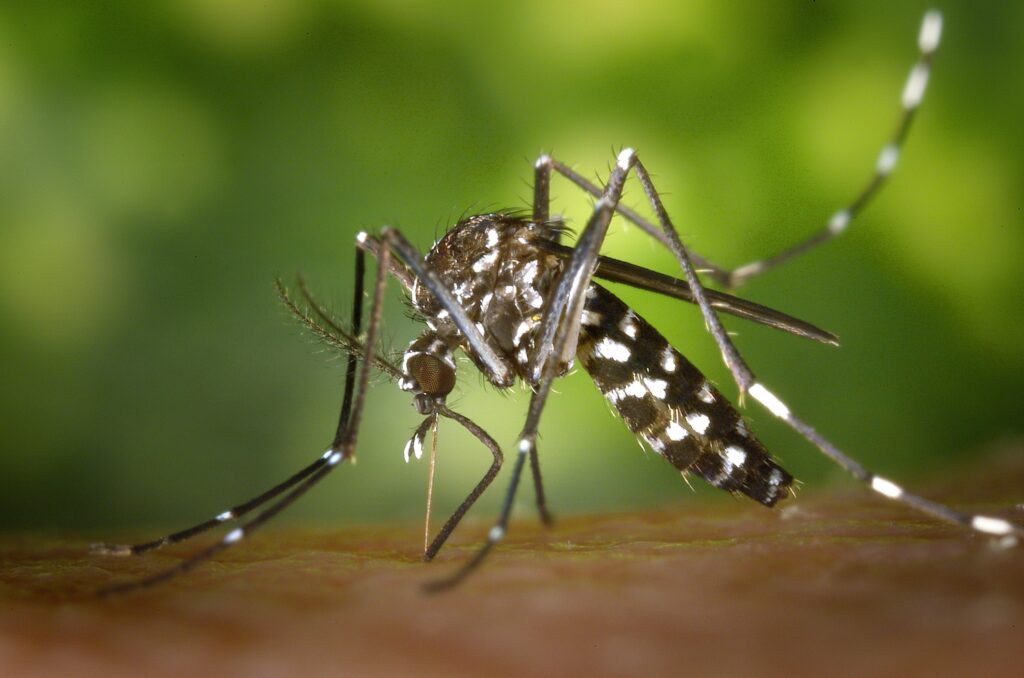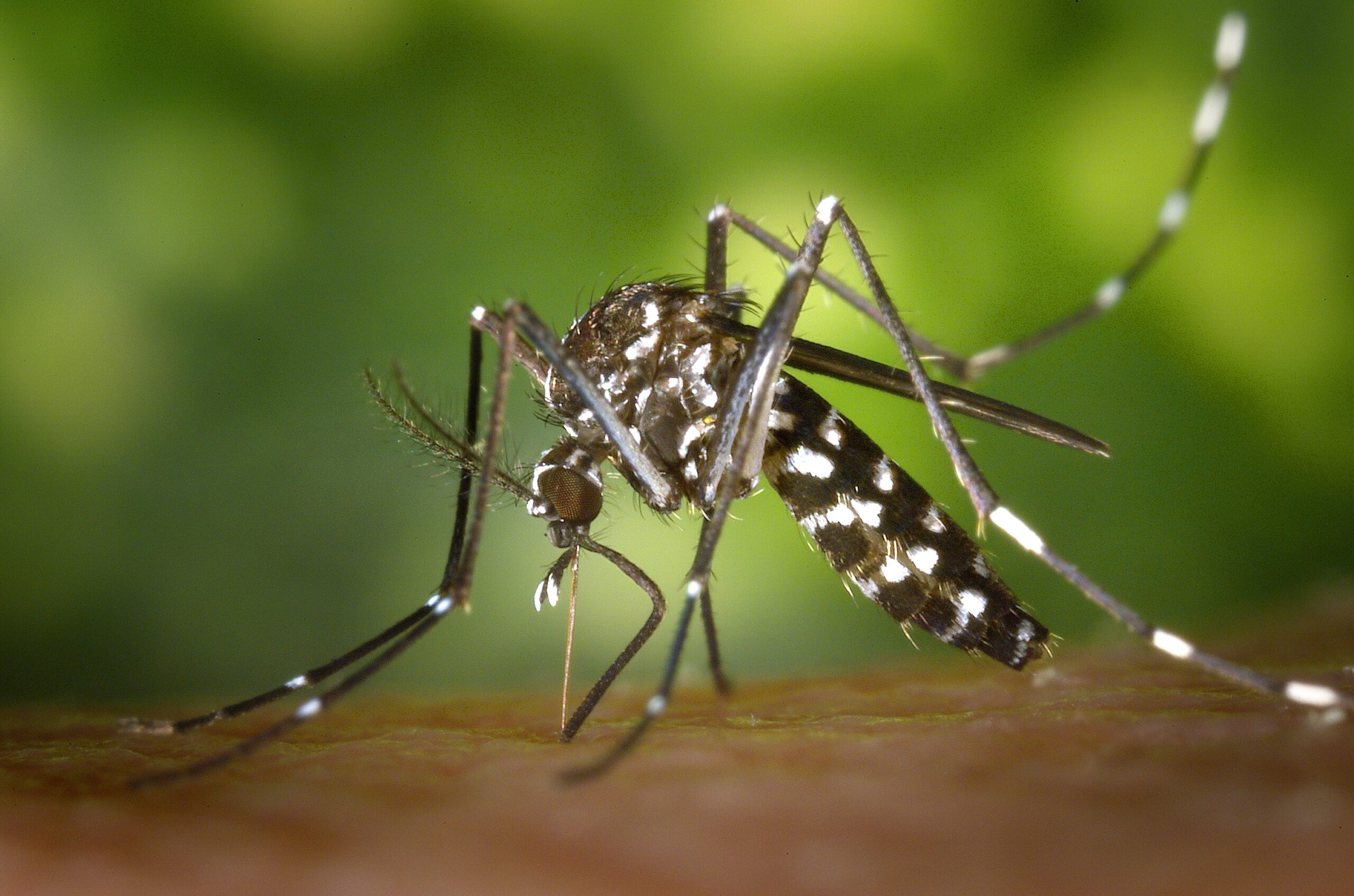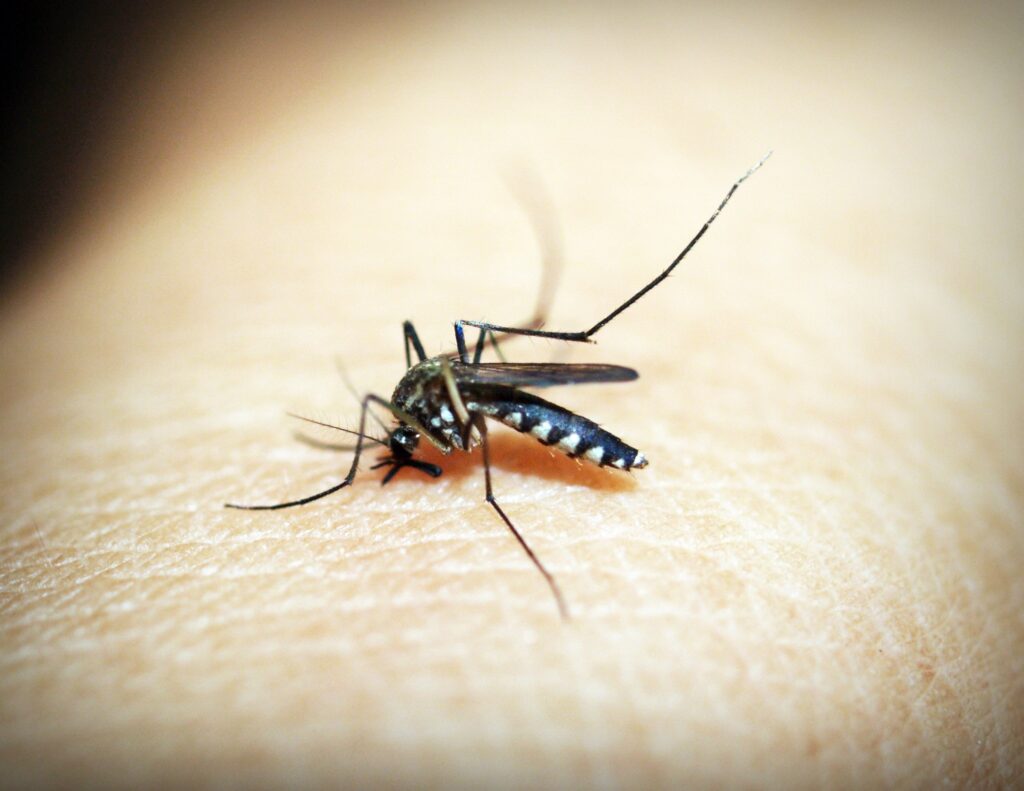Article by Rashmi Wickramasinghe
Whinnnnn….
Slap!
Your hand acts on its own trying to get rid of the annoying mosquito bugging your peaceful sleep.
Again, Whinnnn….
Groaning, you settle with putting on the mosquito net despite the scorching heat of the summer.
This tiny insect which is about 1/4 inches long is not only annoying but also acts as a host to many parasites that causes deadly illnesses to humans and animals.
More than 3,000 species of mosquitoes have been identified. Anopheles, Culex, and Aedes are the species that are primarily responsible for the spread of human diseases. The only species that carry malaria is Anopheles. Culex is the species that carries filariasis, encephalitis, and the West Nile virus. Aedes mosquitoes carry yellow fever, dengue, and encephalitis.
Even though there are drugs to treat the illnesses carried by these little bloodsuckers, the parasites develop resistance to the drugs when used for a long period.
Then how to prevent these illnesses?
That’s when genetically modified (GM) mosquitoes came into light.
Aedes aegypti mosquitoes transmit dengue, Zika, and chikungunya viruses.
Surprisingly these deadly mosquitoes can be genetically modified to control their own population 😯
Lab preparation….
The genome of mosquitos is modified to carry two genes. One gene is a ‘Self-limiting’ gene that prevents female mosquitoes from reaching maturity.
🧬Female mosquitoes are the ones who annoy you by biting and sucking blood to fulfill their hunger.
The other gene is a ‘florescent marker’ that makes the mosquitoes glow under a special light. It helps to identify GM mosquitoes in the wild.
🧬Do you know how mosquitos are fed in the lab? A tray is filled with blood and a heating pad is placed on the top. The mosquitoes are attracted to the heat and start feeding from the plate.

Outdoor operation….
The GM mosquito eggs produced in the lab are released to a specific area. They hatch and the offspring released has the self-limiting gene. When the male offspring mate with the females in the wild the modified genes are passed to the next generation. This decreases the number of Aedes aegypti mosquitoes in the area.
Other than these two genes, the genome of the mosquitoes can be modified with pathogen resistance genes. In this case, the mosquitoes become resistant to the pathogens. When they are released to the wilderness, they reproduce inheriting the pathogen resistance to the offspring.

